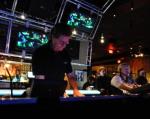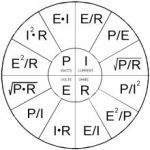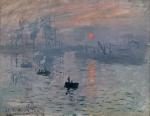I've had difficulty with that, particularly for the MF and HF - seems that much of the energy of the AA get's consumed by the network and makes the results less visible.Whole cabinet phazing is readily accomplished with the AA when you can see the cones move.
I've had great luck with the "Cricket" of Galaxy Audio (http://www.galaxyaudio.com/galaxy/Products4.html#TEST EQUIP), thanks to a non-related-party recommendation from Mike Caldwell (http://www.vintageaudiosales.com/). Results are clear and unambiguous.




 Reply With Quote
Reply With Quote






